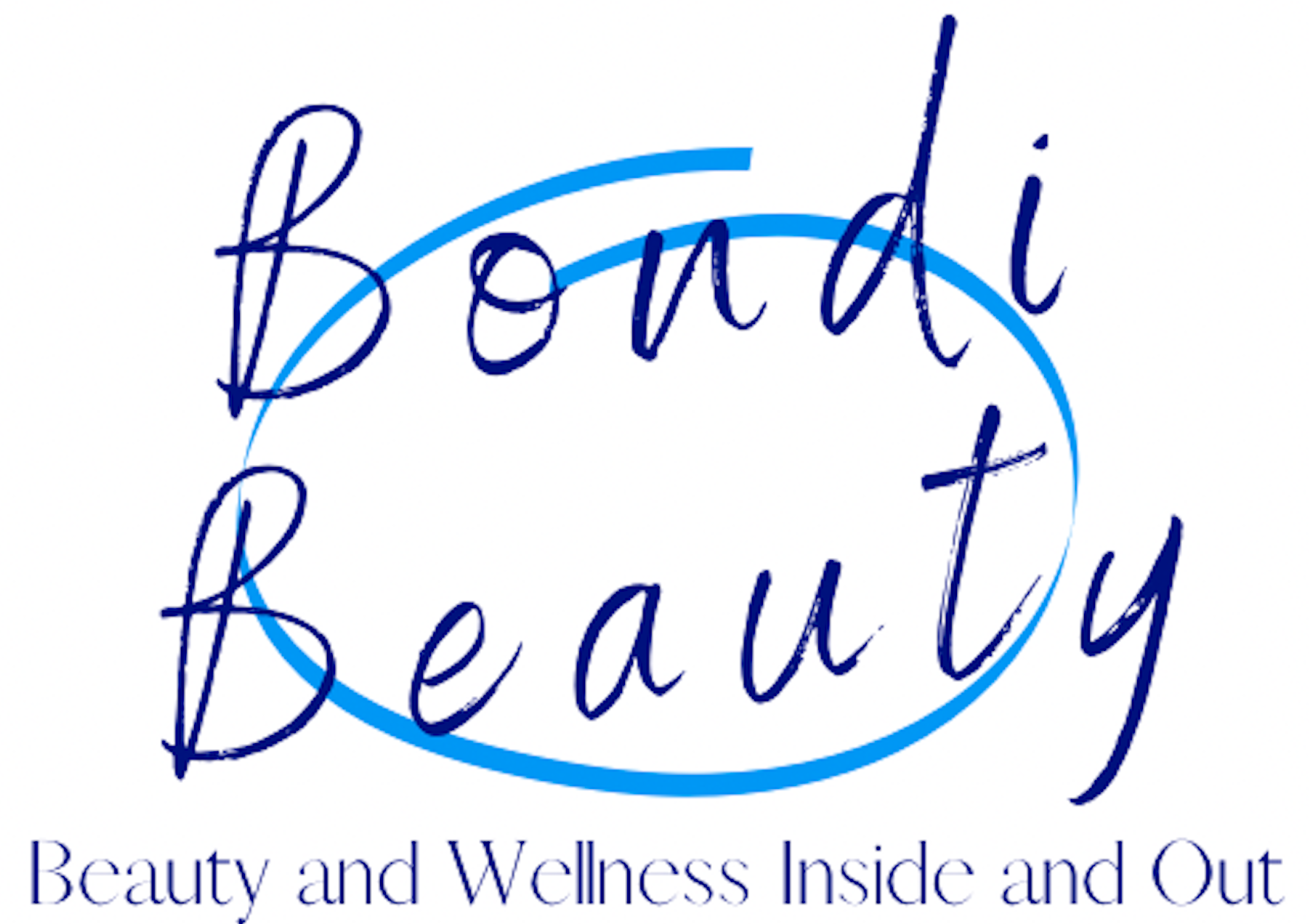Sydney exercise physiologist Drew Harrisberg tells Bondi Beauty why Cryotherapy, Sleep Hygiene and eating plants can help you achieve your best body yet.
Drew Harrisberg is an exercise physiologist, sports scientist and a diabetes educator. Despite living a healthy and active life in Sydney and looking lean, strong and fit, Drew also suffers from type 1 diabetes.
Through his website, Drew’s Daily Dose, he hopes to inspire, empower and educate others with his ‘five-pillar approach.’ His goal is to help people prevent, manage and reverse disease, while getting the best out of their bodies, both mentally and physically.

Drew told Bondi Beauty how to get the best out of your body in just 8 weeks.
“To get the most out of your body, you need an optimal balance between stress and recovery. In other words, you need to challenge yourself with optimal doses of healthy stressors to stimulate adaptations in combination with enough rest and recovery to actualise the results.
Here are my top tips for transforming your body and mind.
1. Start your day with some cryotherapy
“I’m a huge proponent of kick-starting your day with a healthy morning routine. The first hour after waking is the most important hour of your day.
It’s a chance to set yourself up for a productive day by doing the things that make you feel your best before the stressful modern world grabs hold of you. A routine involving tech-free time in nature, some movement and cryotherapy is a recipe for success.

Cryotherapy (cryo) is just a fancy term for cold therapy. It’s a form of hormesis i.e a low-dose stressor, that has an array of physiological health benefits.
An effective and lost cost form of cryo, with scientifically proven benefits, is cold water immersion. Think an ocean swim (particularly in winter), an ice bath or a cold shower.

If you don’t have a high cold threshold you can slowly build your tolerance over time. From gradually easing into cooler showers by turning the tap to cold for the last few seconds, to building up the duration you’re exposed to cold water to lasting a few minutes.
Starting your day by conquering a self-inflicted physical and mental challenge is a great way to set yourself up for a successful, productive day, and you’ll likely be able to better tolerate the life-stressors that will inevitably come your way.
2. Practice Mindful Breathing Techniques
Mindful breathing is a tool that enables you to biohack the autonomic nervous system (ANS). The ANS is responsible for regulating bodily functions such as heart rate, respiratory rate, digestion, blood pressure, blood flow, body temperate, and sweat rate, among others.
It is made up of two opposing systems: the parasympathetic and sympathetic nervous systems. The parasympathetic nervous system is the rest/digest system responsible for rebuilding and resorting the body.

The sympathetic nervous system is the fight or flight nervous system responsible for priming the body for action and mobilising stored energy.
We want to flow in and out of these two nervous systems throughout the day without being overly dominant in either one. For example the sympathetic nervous system should be active during a workout, an important meeting, event, public speaking, or any time of day that makes you required to be alert. The parasympathetic nervous system should be active when you are resting, eating a meal, digesting your meal, sleeping, meditating etc.
Mindful controlled breathing is simply a tool to balance out the time you spend in sympathetic overdrive, a common problem in today’s stressful modern world.
Controlled breathing also goes hand in hand with cryotherapy – it feels almost impossible to enter very cold water without taking a deep involuntary inhalation.

Made famous by Wim Hof, who uses controlled hyperventilation, breathing techniques can aid in immune system development, pain/temperature tolerance, and overall health and wellbeing.
Box breathing is another simple technique for mindful breathing. An example of box breathing could look something like this:
Inhale for 4 seconds through the nose, hold for 4 seconds, exhale for 4 seconds, hold for 4 seconds. Repeat for 4 rounds (or as many rounds as you desire).
You can also utilise any duration you desire (I personally like to use 6-8 seconds). When using this breathing technique try to inhale using your diaphragm. You don’t want shallow, high, ‘chesty’ breathing. You want deep, low, ‘belly’ breathing.
3. Sign up for a new physical challenge
Goal setting works, and if you want to elicit new results you need to apply a new training stimulus. If you always do the same workout day after day, you cannot expect to see significant gains.
I recently committed to a 6 week challenge and the Training Camp at 12RND fitness; a full body, high intensity, functional training circuit program with a focus on boxing. It is designed to mimic a championship boxing title fight i.e 12x 3-min rounds with 30 seconds rest between rounds.

My fitness levels and body changed drastically because that specific work:rest ratio was something I wasn’t doing before. My cardio improved, my body fat levels dropped and my stamina increased.
It’s easy to continually work on your strengths because they typically feel better than working on weaknesses. Sign up for a challenge that you know will target your weaknesses and make you temporarily uncomfortable.

If you’re a strength/power athlete, sign up for an endurance event. If you’re an endurance athlete, sign up for a strength-focused event. Whatever you do, make sure it’s new.
4. “Eat food. Not too much. Mostly plants.“
A simply brilliant quote made famous by Michael Pollan. The longest living populations with the least amount of chronic disease and obesity (the blue zones) eat in this exact way. They are predominantly plant-based and thriving!
It is very difficult to eat yourself into fatness by following a predominantly plant-based diet because the food is packed with fibre, water, antioxidants, nutrient-density and is calorically sparse.

If you’re confused about what to eat for performance, recovery and optimal health, just eat a diverse variety of real whole foods in their natural form as nature intended. Avoid packaged, processed food.
If it has an ingredients list or comes in a packet there is a better food choice available. Food is information for your body. If you feed it junk it will feel like garbage. If you nourish your body it will thrive.
If the foundation (85-90%) of your diet is fruit, vegetables, legumes, wholegrains, nuts, seeds, herbs and spices, then what you do with the remaining 10-15% is most likely clinically insignificant. You can eat some high quality well-sourced animal products or you can be exclusively plant-based. The choice is yours. Do what makes you feel your best. Every body is different.
5. Sleep Hygiene
“Sleep when you sleep! This sounds crazy but a lot of people who think they’re asleep for 8 hours aren’t actually entering the normal healthy sleep cycles.
In fact, their sleep is light and broken despite waking up thinking they’ve slept ‘well’. Tracking devices that monitor heart rate and/or heart rate variability (HRV) are great tools to assess sleep quality and quantity.
HRV is a lens into the autonomic nervous system that I spoke about before. It will give you an indication of your level of recovery and readiness to train. If you wake up in the morning and you have a high HRV, it is an indication that you slept well and you’re primed and ready to go hard.
On the other hand, if you wake up in the morning and have a low HRV you might want to swap your scheduled high intensity workout for an active recovery day and go for a walk instead.

To improve the quality of the hours of your sleep, avoid blue light-emitting devices such as laptops, computers, and phones one to two hours before bed or use blue-light blocking goggles/screen shields. Blue light tricks your body into thinking it is the daytime and promotes the wrong hormones into action.
Sleep in a cool, dark, quiet room. Read a book or listen to music before bed. Light some candles and turn off/dim and lights that aren’t necessary. Drink a night-time, caffeine-free tea to promote healthy sleep hormone production.
Optimising sleep hygiene will allow you to train harder, recover faster and optimise your circadian rhythm.”



